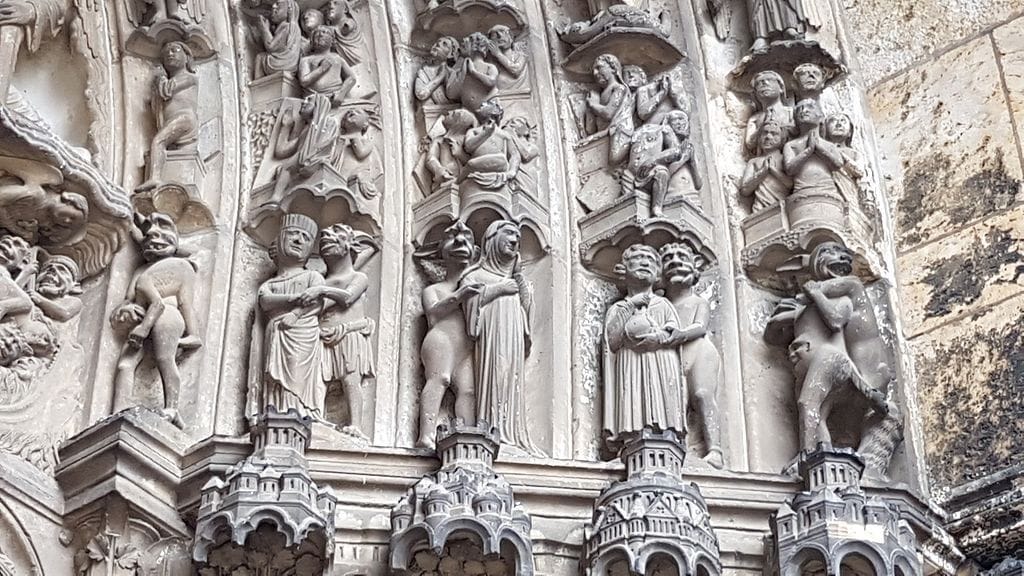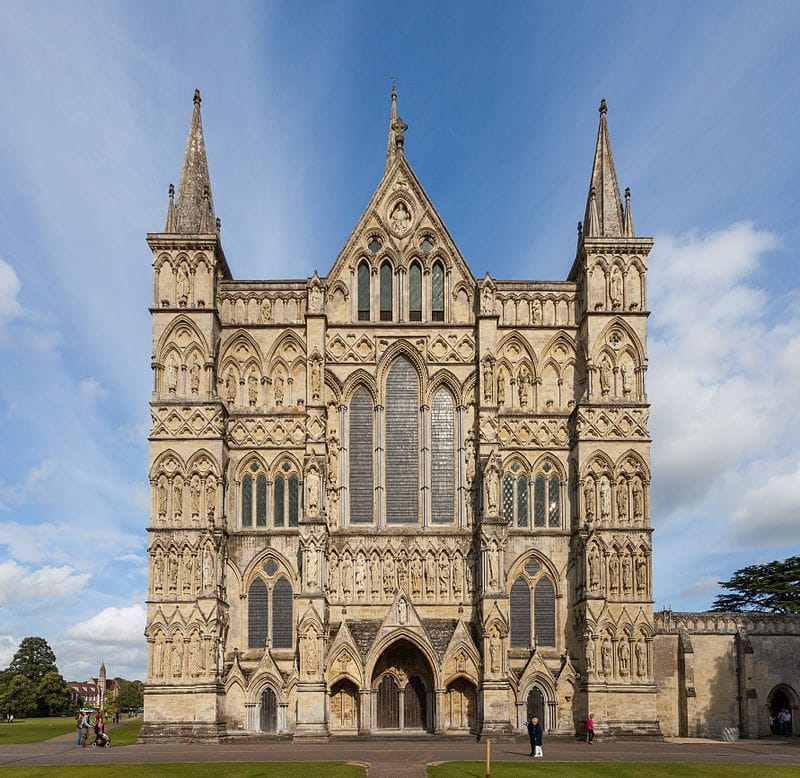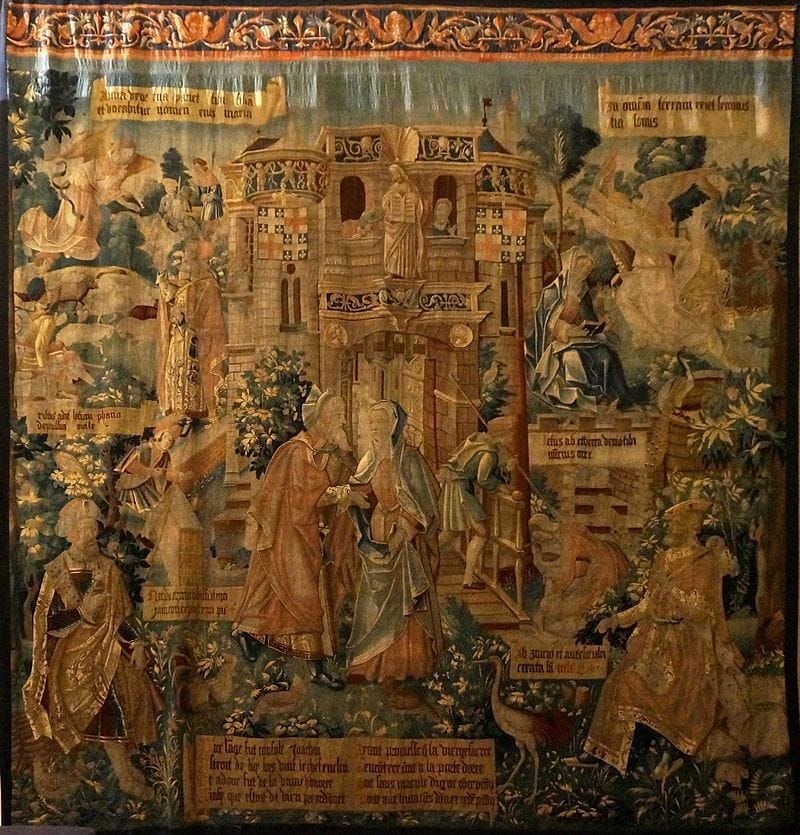The Cathedrals That Touched Heaven
They carved prayers into stone and raised entire mountains with their bare hands—knowing they’d never see them finished—just to bring heaven a little closer to earth.
Table of Contents
You walk into a Gothic cathedral thinking it’s just another old church.
But what if I told you, it was once the most advanced structures ever built?
A place where light was engineered, sound was weaponized, and stone was used to tell stories.
Let me show you. 🧵👇
In today’s edition, we step into the towering shadows of Gothic cathedrals—structures so ambitious, they took generations to complete and entire cities to support. Built not just to house worship, but to overwhelm the soul, these masterpieces rose from faith, sweat, and stone. Their soaring spires, stained glass, and flying buttresses weren’t just architectural feats—they were declarations of belief.
In the premium section, we dive deeper into two extraordinary examples from England: Ely Cathedral, where Romanesque roots meet Gothic innovation, and King’s College Chapel in Cambridge, whose fan vault ceiling remains one of the greatest engineering marvels in human history.
Imagine standing in front of Chartres Cathedral on a foggy morning. The bells toll in the distance, the gargoyles drip rainwater from the night before, and light pierces through the stained glass like a divine signal. You're not just looking at a building—you’re staring into the soul of a civilization. These cathedrals weren’t built in years. They took generations. A man might lay a foundation stone knowing his great-grandson would see the spire finished. That’s not construction. That’s devotion carved in stone. And that’s where the story of Gothic cathedrals begins.

Gothic architecture didn’t appear out of nowhere. It evolved in northern France during the 12th century, with the Abbey of Saint-Denis often credited as the birthplace. Abbot Suger, its visionary patron, believed that light was divine. So, he pushed for larger windows and higher walls, which sparked the architectural revolution we now call Gothic. It wasn’t just about aesthetics—it was theology in stone and glass. His idea? Bring heaven to earth.
The name “Gothic” is a misnomer. Renaissance scholars later coined it as an insult, linking it with the “barbaric” Goths who sacked Rome. But the medieval builders would’ve never called their work that. To them, these were Opus Dei—works of God. And if you think about it, it fits. They weren’t creating style. They were constructing sermons—each arch, sculpture, and stained-glass window preaching to a mostly illiterate crowd.
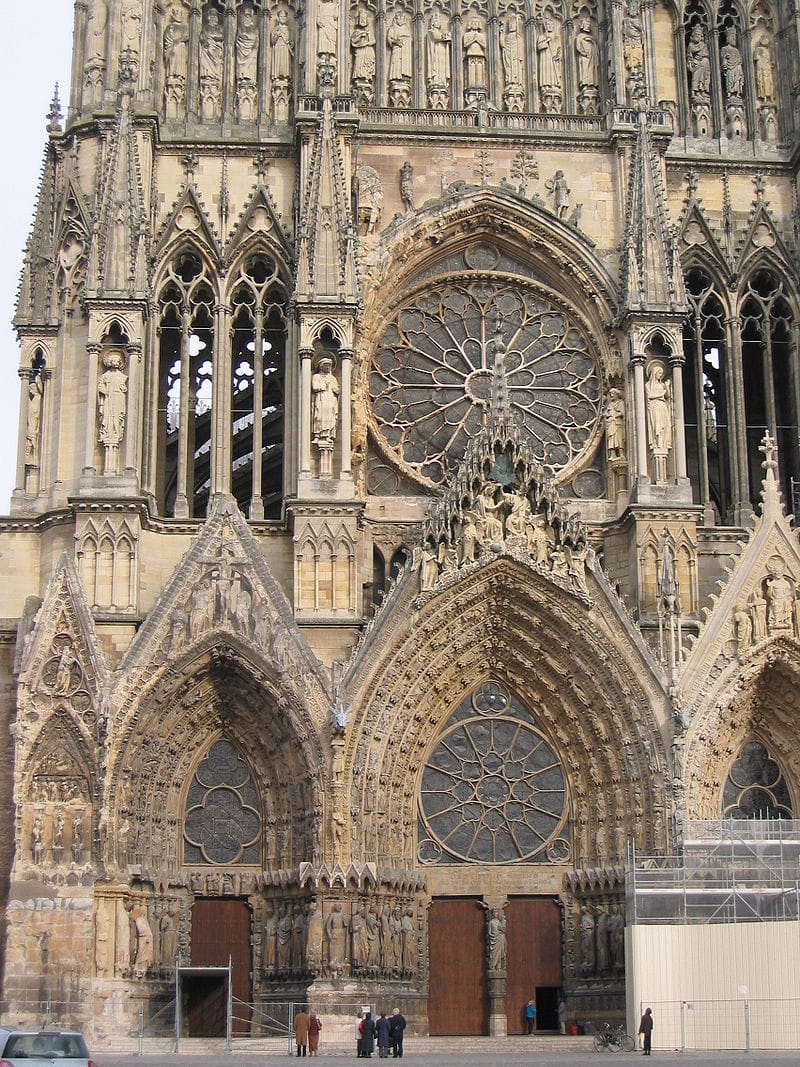
What makes a cathedral Gothic? Start with the pointed arch. Unlike the older Romanesque style, which used rounded arches and thick walls, Gothic pointed arches could support more weight with less material. That allowed walls to be thinner and taller. The ribbed vault was next. It distributed weight to specific columns and allowed for complex, soaring ceilings. These weren’t random choices. Each innovation served a higher purpose: to lift the soul upward.
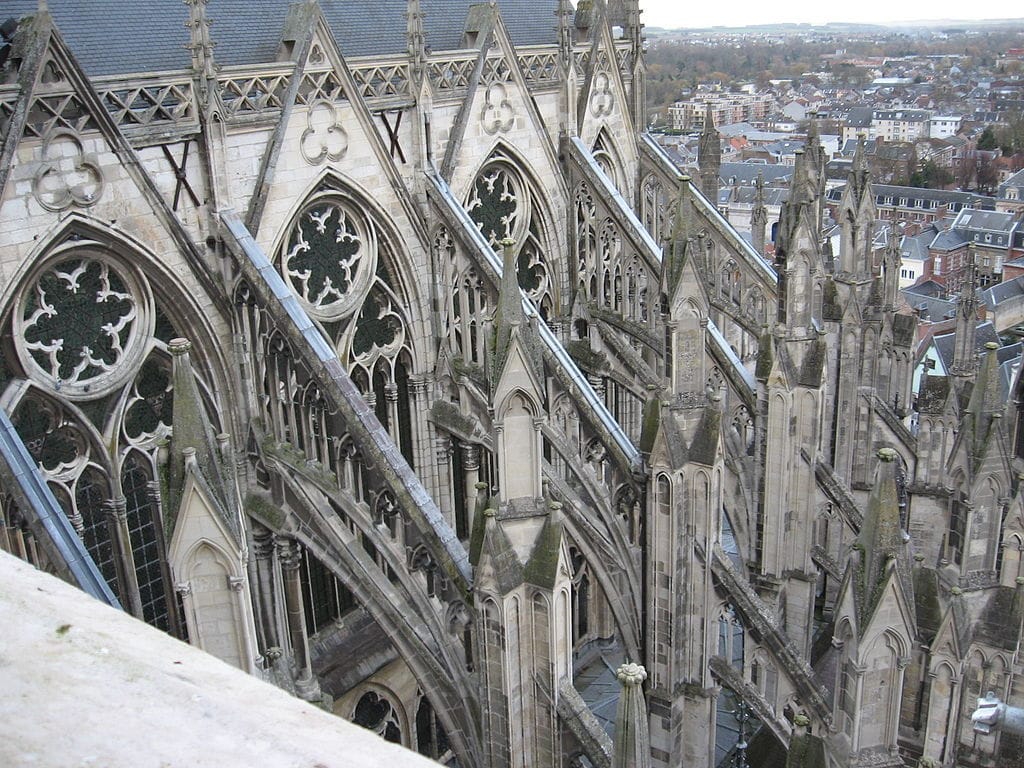
But none of it would’ve worked without the flying buttress. These external supports look like skeletal wings hugging the building. They carry the roof’s weight outward and down, freeing up the inner walls. That’s what made stained-glass windows possible. The Sainte-Chapelle in Paris is practically made of glass—15 towering panels glowing with scenes from the Bible. Without buttresses, that miracle of light couldn’t exist.
Cathedrals were civic projects. Whole towns pitched in, often over centuries. Take Beauvais Cathedral—it was so ambitious that it collapsed... twice. Yet they kept building. At its height, Beauvais reached 157 feet, a height unmatched for over 600 years. These weren’t just religious spaces; they were symbols of local pride and human defiance against gravity and time.
And talk about detail. Look at the façade of Chatres Cathedral. It’s not just saints and angels. You’ll see smiling figures, grotesque creatures, even peasants in everyday life. Notre-Dame de Paris includes the zodiac signs. These cathedrals were encyclopedias in stone, teaching everything from theology to astronomy. The facades weren’t just decoration—they were books for the illiterate.

Inside, the drama continued. Cathedrals weren’t quiet places of worship. They were alive with incense, chants, processions, and booming organ music. The acoustics of Gothic vaults could carry a whisper from altar to nave. Light filtered through rose windows like stained jewels, painting sacred stories across the walls. The experience was meant to overwhelm the senses—and it did.
Cathedrals were also economic engines. Pilgrims flocked to relics—like the tunic of the Virgin Mary at Chartres or the bones of St. James in Santiago de Compostela. These relics brought crowds, and crowds meant money. Inns, markets, and craftsmen thrived. The cathedral wasn’t just the center of faith—it was the beating heart of the medieval city.

Strangely, cathedrals also reflect medieval humility. Many architects remain anonymous. They didn't seek fame. Some even died mid-construction, buried beneath what they built. In a world obsessed with self-branding, that anonymity feels almost subversive. They built for God, not glory.
The Black Death halted many projects. So did wars. Yet even unfinished cathedrals, like Albi in southern France, possess raw power. Albi is fortress-like—its red brick exterior feels almost militaristic. But inside, it’s a kaleidoscope of color, frescoes, and delicate sculpture. It shows how even in crisis, Gothic adapted.
And it spread. From England’s Salisbury Cathedral with its graceful spire, to Cologne Cathedral in Germany—which took over 600 years to complete—Gothic traveled far. Even today, the tallest church in the world is Gothic: Ulm Minster in Germany, standing at 530 feet. That vertical ambition hasn’t died.
What’s often forgotten is how modern technology owes something to Gothic ingenuity. These builders used cranes, scaffolding, and mechanical lifts powered by treadmills. They developed early architectural drawings and templates to scale. They laid the foundation for structural engineering as we know it.
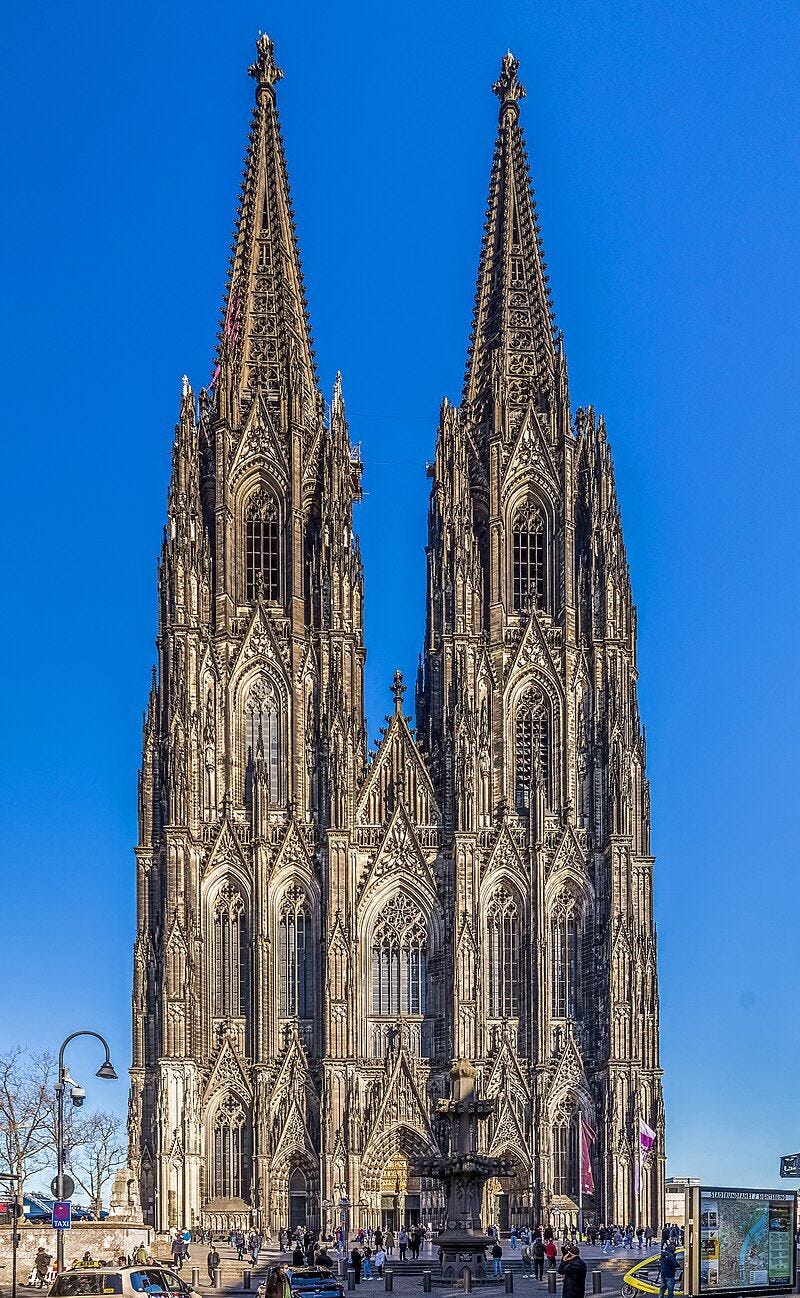
Many cathedrals barely survived the 20th century. Bombs hit Cologne. Fire nearly destroyed Chartres. Notre-Dame burned in 2019, and the world wept. Why? Because these aren’t just French or German treasures—they’re civilizational achievements. They tell us what humans are capable of when belief, time, and skill collide.
Today, we photograph them. But back then, they were built without blueprints, without computers, and without modern materials. Just human hands, stone, and the will to touch heaven. In a time when we build for speed and profit, Gothic cathedrals stand as reminders of patience, purpose, and the sheer power of faith.
“The principle of the Gothic architecture is infinity made imaginable. It is no doubt a sublimer effort of genius than the Greek style; but then it depends much more on execution for its effect.”
Samuel Taylor Coleridge
Art

Book Corner
Keep reading with a 7-day free trial
Subscribe to The Culture Explorer to keep reading this post and get 7 days of free access to the full post archives.



